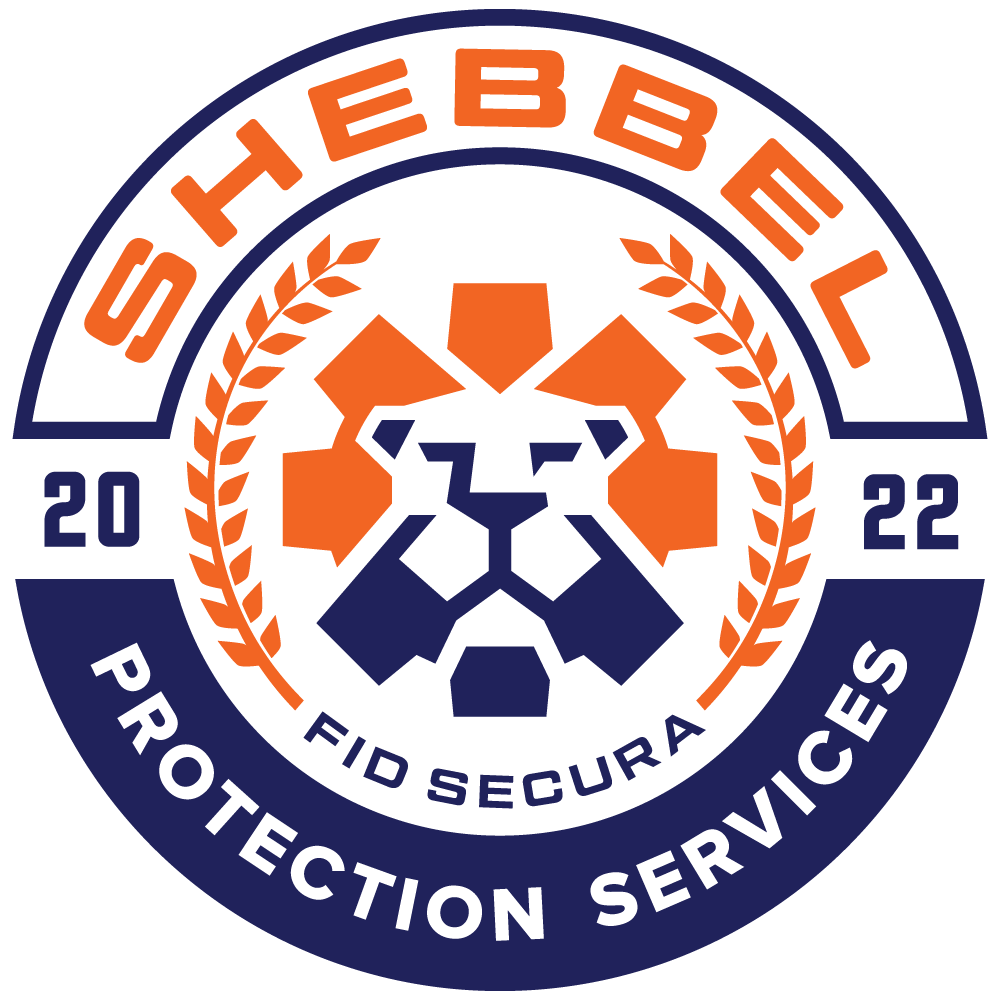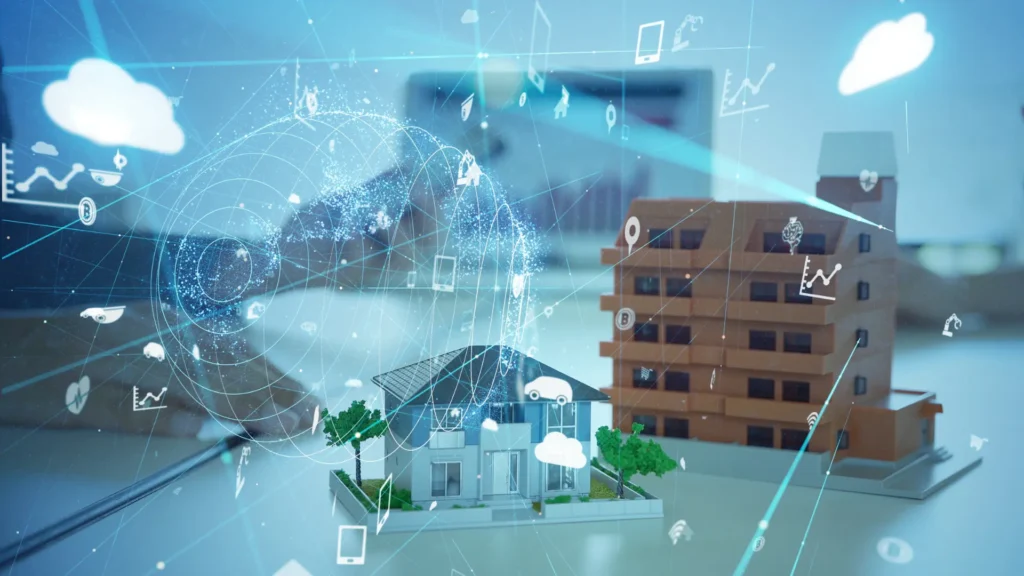In the complex world of modern healthcare, security plays a pivotal role that extends far beyond simply guarding entrances or monitoring surveillance cameras. As healthcare facilities continue to evolve, becoming more technologically advanced and interconnected, the importance of robust security measures has never been more critical. From protecting sensitive patient data to ensuring the physical safety of staff and visitors, healthcare security is a multifaceted challenge that demands constant attention and innovation.
The Cornerstone of Trust: Patient Data Protection
At the heart of healthcare security lies the protection of patient data. In an era where electronic health records (EHRs) have become the norm, safeguarding this sensitive information is paramount. The consequences of a data breach in healthcare can be severe, ranging from compromised patient privacy to potentially life-threatening situations if medical histories are altered or made inaccessible.
In Canada, healthcare providers must navigate a complex landscape of privacy laws, including the Personal Information Protection and Electronic Documents Act (PIPEDA) and various provincial health information acts. Compliance with these regulations is not just a legal obligation but a fundamental aspect of maintaining patient trust.
To protect patient data effectively, healthcare institutions must implement multi-layered security strategies:
- Robust encryption for data at rest and in transit
- Regular security audits and vulnerability assessments
- Strict access controls and user authentication protocols
- Ongoing staff training on data handling and privacy best practices
- Incident response plans for potential data breaches
By prioritizing data security, healthcare providers not only protect their patients but also safeguard their reputation and avoid costly legal ramifications.
Fortifying the Front Lines: Physical Security in Healthcare Facilities
While digital security is crucial, the physical security of healthcare facilities remains a cornerstone of patient and staff safety. Hospitals, clinics, and long-term care facilities face unique challenges in balancing accessibility with security.
Access Control: A Delicate Balance
Healthcare facilities must remain accessible to patients and visitors while restricting access to sensitive areas. This requires a nuanced approach to access control:
- Implementing tiered access systems for different areas of the facility
- Utilizing smart card technology for staff access
- Installing security checkpoints at key entry points
- Employing visitor management systems to track and control guest access
Protecting High-Risk Areas
Certain areas within healthcare facilities require heightened security measures:
- Pharmacies: To prevent drug theft and ensure the integrity of medications, pharmacies need robust security systems, including surveillance cameras, secure storage solutions, and stringent inventory management protocols.
- Maternity Wards: The risk of infant abduction necessitates special security measures, such as infant tracking systems, restricted access, and staff training on abduction prevention protocols.
- Emergency Departments: Often the front line for volatile situations, emergency departments require security personnel trained in de-escalation techniques, panic buttons for staff, and clear protocols for handling potentially dangerous individuals.
- Mental Health Units: These areas demand a delicate balance between patient rights and safety concerns. Specialized training for staff, secure outdoor areas, and careful design of the physical environment are crucial.
By tailoring security measures to the specific needs of each area, healthcare facilities can create a safer environment for all.
Guardians of Care: Ensuring Staff Safety and Security
Healthcare professionals dedicate their lives to caring for others, but who ensures their safety? Workplace violence in healthcare settings is a growing concern, with front-line staff often facing verbal abuse, physical assaults, and other security threats.
To address these challenges, healthcare institutions must take a proactive approach:
- Implement comprehensive violence prevention programs
- Provide de-escalation and self-defence training for staff
- Install personal alarm systems for employees
- Ensure adequate staffing levels, particularly during high-risk periods
- Create a culture that encourages reporting of security incidents
Night shift workers face additional security risks. Measures such as well-lit parking areas, security escorts, and monitored entry/exit points can significantly enhance their safety.
By prioritizing staff safety, healthcare facilities not only protect their employees but also ensure better patient care, as staff can focus on their duties without constant concern for their personal security.
Securing the Lifeline: Pharmaceutical Security
The security of pharmaceuticals is a critical aspect of healthcare security, encompassing not just the prevention of theft but also ensuring the integrity and safety of medications.
Combating Drug Diversion
Drug diversion – the transfer of legally prescribed medications from their intended recipient to someone else for illicit use – is a significant challenge in healthcare settings. To combat this:
- Implement secure storage systems with tracked access
- Utilize automated dispensing cabinets with biometric authentication
- Conduct regular audits of medication inventories
- Establish clear chains of custody for controlled substances
Ensuring Supply Chain Integrity
The medication supply chain is vulnerable to counterfeit drugs and tampering. Healthcare facilities must:
- Work with reputable suppliers and implement strict vendor vetting processes
- Use track-and-trace technologies to monitor medications from manufacturer to patient
- Implement temperature monitoring for sensitive medications during storage and transport
- Train staff to identify potential signs of drug tampering or counterfeiting
By securing pharmaceuticals, healthcare providers protect patients from potentially harmful medications and maintain the integrity of treatment protocols.
Preparing for the Worst: Emergency Preparedness in Healthcare
Healthcare facilities must be prepared to face a wide range of emergency situations, from natural disasters to active shooter scenarios. Comprehensive emergency preparedness involves:
- Developing detailed emergency response plans for various scenarios
- Regular drills and simulations to test and refine these plans
- Clear communication protocols for staff, patients, and external emergency services
- Backup systems for critical infrastructure, including power and water
- Secure storage of emergency supplies and equipment
Coordination with local law enforcement and emergency services is crucial. Many Canadian hospitals have established direct communication lines with police services to ensure rapid response in crisis situations.
By being prepared for emergencies, healthcare facilities can minimize disruptions to patient care and protect lives during critical incidents.
The Digital Frontier: Technology in Healthcare Security
As healthcare becomes increasingly digitized, security technologies are evolving to meet new challenges:
Artificial Intelligence and Machine Learning
AI and machine learning are revolutionizing healthcare security:
- Predictive analytics to identify potential security threats before they occur
- Anomaly detection in access patterns and data usage
- Automated monitoring of surveillance footage for suspicious activities
Internet of Things (IoT) in Healthcare Security
IoT devices offer new possibilities for enhancing security:
- Smart sensors for environmental monitoring and access control
- Wearable devices for staff to quickly signal emergencies
- Connected cameras and alarms for comprehensive facility monitoring
Biometric Authentication
Biometric technologies provide enhanced security for sensitive areas and systems:
- Fingerprint or retinal scans for accessing medication dispensing systems
- Voice recognition for secure communication systems
- Facial recognition for access control in high-security areas
While these technologies offer significant benefits, they also introduce new security considerations. Healthcare facilities must balance the advantages of these innovations with the need to protect patient privacy and comply with data protection regulations.
The Virtual Clinic: Cybersecurity in Telemedicine
The rise of telemedicine has introduced new security challenges to the healthcare sector. As virtual consultations become more common, protecting patient data during these interactions is crucial.
Key considerations for telemedicine security include:
- Encrypting all video consultations and data transmissions
- Implementing strong authentication measures for both providers and patients
- Ensuring compliance with privacy regulations in virtual care settings
- Educating patients on safe practices for telemedicine appointments
- Regularly updating and patching telemedicine platforms to address vulnerabilities
By addressing these concerns, healthcare providers can offer the convenience of telemedicine while maintaining the same level of data protection as in-person visits.
Looking Ahead: Future Trends in Healthcare Security
As the healthcare landscape continues to evolve, several trends are shaping the future of security in this sector:
- Integration of Physical and Digital Security: The lines between physical and cybersecurity are blurring, leading to more holistic security approaches.
- Blockchain for Secure Health Records: Blockchain technology offers potential for creating more secure, interoperable health record systems.
- Advanced Threat Intelligence: Proactive threat detection and response systems will become increasingly sophisticated, leveraging big data analytics.
- Privacy-Enhancing Technologies: As data sharing becomes more common in healthcare, technologies that allow data analysis while preserving individual privacy will gain prominence.
- Quantum Computing Considerations: The advent of quantum computing will require new approaches to encryption and data protection in healthcare.
Healthcare security professionals must stay abreast of these trends to ensure their facilities remain secure in the face of evolving threats and technological advancements.
Conclusion: A Holistic Approach to Healthcare Security
Security in healthcare is not just about protecting assets or complying with regulations; it’s about creating an environment where healing can occur without fear or interruption. It’s about safeguarding the trust that patients place in their healthcare providers and ensuring that medical professionals can focus on their critical work without concerns for their safety.
As we’ve explored, healthcare security is a complex, multifaceted field that requires a holistic approach. From protecting sensitive patient data to ensuring the physical safety of staff and visitors, from securing valuable pharmaceuticals to preparing for emergencies, every aspect of healthcare security plays a vital role in the overall function of a healthcare facility.
In an era of rapid technological advancement and evolving threats, the importance of robust, adaptable security measures in healthcare cannot be overstated. By prioritizing security and staying ahead of emerging challenges, healthcare providers not only protect their patients and staff but also uphold the integrity and efficacy of the healthcare system as a whole.
As we look to the future, it’s clear that security will continue to be a critical factor in the delivery of safe, effective healthcare. By embracing innovative technologies, fostering a culture of security awareness, and maintaining a commitment to continuous improvement, healthcare facilities can create secure environments that support their primary mission: providing exceptional care to those in need.
In the end, effective healthcare security is not just about keeping threats out—it’s about creating a safe space where healing, innovation, and compassionate care can flourish.





